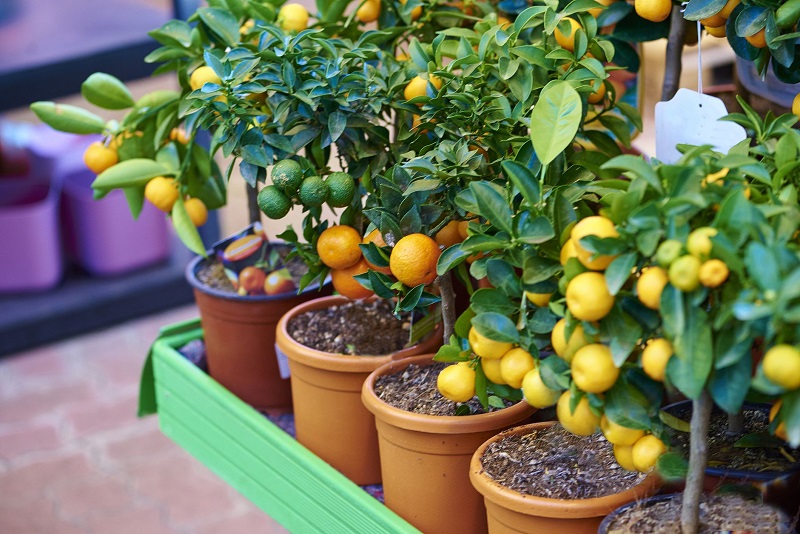The wonderful thing about fruit-bearing plants is that they joy they bring extends from the garden to the table. Most fruit trees begin bearing fruit within a year or two, whereas vine-grown fruits tend to only take a few months. Here are a few of our fast-growing favorites.
Strawberries

Strawberries begin to produce fruit within a year after planting them. In fact, unlike some other fruit-bearing plants, the younger ones tend to produce more fruit than the more mature vines!
They need moist but well-drained soil, and several hours of sunlight. Be sure you give them a lot of room in your garden, as strawberries require a robust root system in order to thrive. As low growers, they make a lovely ground cover in addition to their delicious fruit.
Blueberries
Blueberries do well both in containers and in the ground. However, they will bear much more fruit with similar cultivars nearby. The great thing about vine-grown berries is that they only take a few months to produce fruit.
Blueberry plants are more productive in full sun, but they will still bear fruit in partial shade. Unfortunately, they only produce fruit for the first year or two of their lives.
Read more here about the Best Fruits to Grow in Texas!
Raspberries

Raspberry vines are rapid growers, which makes them great for ground covering. However, if you only want a small vine, you may want to choose to grow them in a container. Some also choose to grow them a trellis, to create attractive garden walls.
Raspberries love a chilly winter, and a spring season that’s slow to warm up. They require well-drained soil, and will produce a richer harvest if they’re pruned back every year.
Mulberries
Mulberries can be grown as shrubs or trees, depending on how they’re cultivated. They can tolerate partial shade, and they do well in a variety of climates. When grown as trees, mulberries can grow large enough to provide a beautiful canopy.
Mulberry fruit often resembles blackberries, but the coloring can range anywhere from deep purple to a medium red. They begin producing fruit within a year or two after germination, and can provide an abundant harvest.
Apricot Trees
Apricot trees produce fruit at about 1 year old, and not need a second tree to pollinate. This means that they are “self-fertile,” and will bear fruit without the need for any nearby cultivars. They grow to about 15 or 20 feet tall, with smaller dwarf varieties available for potting.
Apricot trees require full sun in order to thrive. They’re fairly cold tolerant, and need about 4 inches of deep watering every day during active growth.
Peach Trees
Peaches trees begin to produce fruit within a year or two after germination, so it could be even less time if you plant a sapling. They produce fruit in the summer and fall, and will continue to do so for about 12 years after being planted. Peach trees prefer full sun with moist soil, and will often grow as much as 15 feet in their first year.
Dwarf varieties only grow to about 6 to 8 feet high, making them a good choice for smaller yards. While typical peach trees reach a height of about 25 feet, they are typically healthier at 15 to 18 feet.
Apple Trees
Apple trees begin bearing fruit about 2 years after germination, and will yield a full harvest within about 5 years. They continue to produce fruit for 50 to 80 years, making them popular for landowners who plan to keep their homes and gardens in the family for multiple generations.
Apple trees enjoy full sunlight with drained soil, so be sure not to overwater them. They do well in a variety of climates, which is why you can find them in many different regions.
Lemon Trees
Lemon trees are definitely warm weather plants. North Texas is considered to be in agricultural zone 8, whereas lemons thrive best in zone 9. This means you want to shelter them with tarps or burlap bags during the occasional winter frost.
But boy are they worth it, with their beautiful fragrant fruits and flowers! While most lemon trees reach a height of about 20 feet, the smaller dwarf varieties grow happily in large containers, making them easier to move in out of cold weather. They typically begin to bear fruit at about 3 years.

